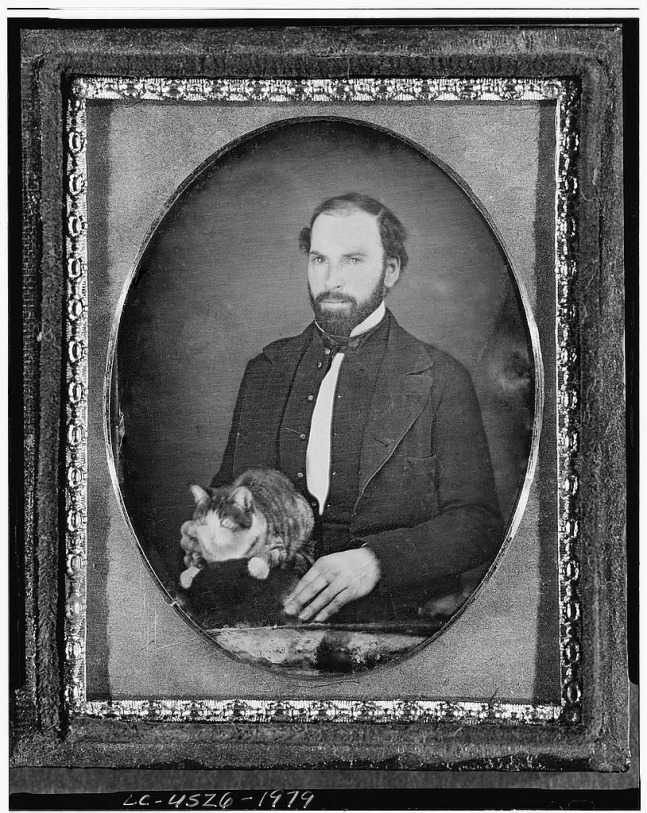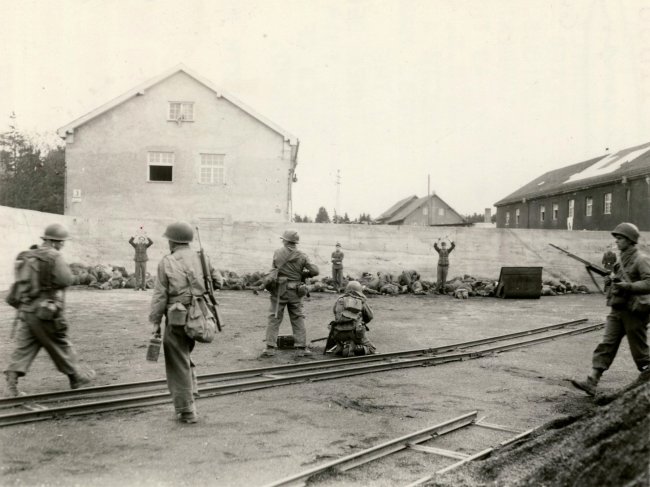I’ve been doing some reading on Second World War combat. It’s been interesting, since almost no one’s fought a war of comparable intensity since, and it’s raised some uncomfortable questions about how the U.S. has structured its military.
If you have an image in your head of The Great War, it’s probably of French countryside turned into a blasted moonscape, with waves of men charging futilely into machine gun fire. We associate WWI with a sort of grinding attrition, a fighting that was more meat grinder than contest of skill. We don’t, by and large, think of the Second World War in that light. We tend to think of tanks and planes and commando raids and huge armies moving across open country in a war of maneuver.
That’s not strictly the case of course. The Second World War could prove to be every bit the grinding war of attrition that the first was. The new weapons just made the fighting destructive enough that the combatants could, in fact, destroy the enemy faster than they could be replaced.
A new body of scholarship on the American army in WW2, characterized by Robert Rush’s Hell in Hurtgen Forest and Peter Mansoor’s The G.I. Offensive in Europe, has argued that American infantry divisions were superior in combat to their German counterparts. They attribute this to the fact that the American replacement and organizational system at the division and regimental level allowed them to continue fighting at a high degree of combat effectiveness in the face of truly staggering casualties. The 4th Infantry Division that Rush studies, for instance, suffered 531% casualties among its rifle companies, and the 22nd Regiment specifically suffered 580% casualties between June of ’44 and May of ’45. Perhaps more disconcertingly, Rush discovered that in the American unit he studied in the Hurtgenwald, casualties were not more common among new replacements. Death and injury struck veterans as readily as green troops. Getting killed was simply a function of time.
Modern combat destroyed minds as readily as bodies. In their influential study on combat exhaustion Roy Swank and Walter Marchand argued that mental collapse was a nearly inevitable byproduct of exposure to combat. Taking their data from American combat soldiers in Normandy, they discovered that 60 days continuous exposure to combat produced more than 98% psychiatric casualties — men who had been reduced to either a catatonic state or a constant and crippling hyper alertness. The less than 2% who were not subject to this mental degradation were almost entirely what Swank and Marchand called “aggressive psychopaths.”
The same process can be seen in the realm of materiel during the war. The Sherman tank was incontrovertibly inferior to the Pz. V and Pz. VI tanks, but the Germans were never able to build enough of these to meet demand. The Sherman, on the other hand, was plentiful and easily replaced, and held a modest advantage over the far more common German Pz. III and Pz. IVs. Similarly, the Japanese held an advantage in fighter pilots and fighter aircraft at the beginning of the war, with the Mitsubishi Zero and the pilots of the Imperial Japanese Navy outclassing anything in the American arsenal. But as the war went on, the Japanese couldn’t replace their highly trained pilots quickly enough keep pace with their losses, and couldn’t develop a new fighter to match increasingly sophisticated American aircraft.
Of course, very few armies seem to have taken these lessons into account. Rather than trying to develop a force structure that has a very high level of endurance, the American army has overwhelmingly turned to increasingly sophisticated training and equipment to produce a very high quality force. Given that almost all of the conflicts that the United States has fought in since 1965 have been low intensity wars with tenuous political support, this makes sense. The best training and equipment minimizes casualties against guerrillas or third rate armies, which keeps the number of American dead low, which in turn helps keep the American people on board.
Of course, we can also see the seams in this system. At the peak of the Second Iraq War in Oct. 2007, only 166,300 Americans were deployed there, with another 24,800 in Afghanistan. Thus, at its peak, the U.S. military had 191,100 personnel involved in its two most recent wars, with only 6,845 killed in those conflicts. This effort, which by the standards of the 20th century is a modest affair, pushed the American military to its breaking point. Manpower levels were maintained through a combination of stop loss and lowering recruitment standards, and there’s been some talk that the postwar military won’t be ready for another conflict for some time.
This all suggests to me that the U.S. military as currently structured is largely tailored to the kind of wars that it’s wanted to fight for the past fifty years — overseas conflicts of short duration against smaller armies, won through the skilled application of firepower. It’s clearly not equipped for either long, low intensity wars, or for wars fought at a 20th century level of intensity. Given that the United States has enjoyed what is at best marginal success in its long wars, and would likely be facing very intense combat in any scenario where it’s deployed against major power, I’m wondering if maybe we aren’t better off rethinking our force structure entirely.

